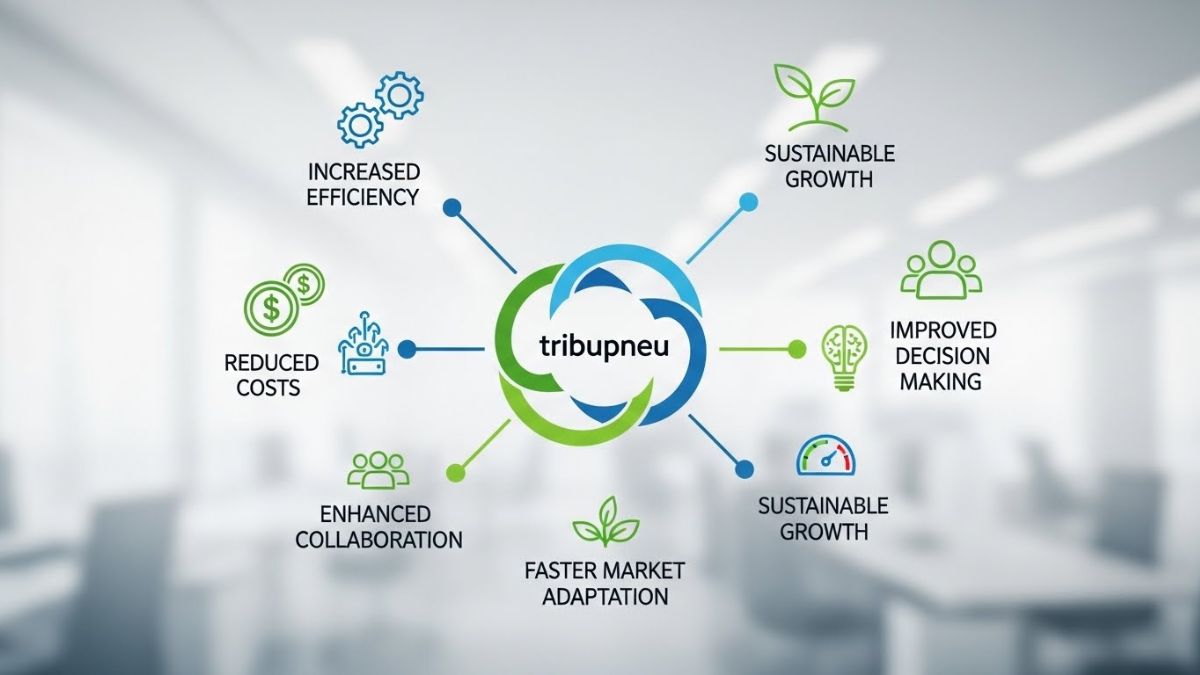You might wonder how customer experience optimization can truly enhance your application maintenance services. By prioritizing customer needs and preferences, you’re not only streamlining support processes but also proactively resolving issues before they escalate. This approach fosters trust and transparency through improved user communication, leveraging valuable feedback to continuously refine the application experience. But what specific strategies can you employ to ensure this optimization translates into increased customer loyalty and satisfaction? The answer lies in a few key practices that can transform the way you manage and maintain your applications.
Understanding Customer Needs
Understanding customer needs requires you to actively listen to their concerns and preferences, ensuring you can tailor your application maintenance services to meet their expectations effectively. Start by engaging in meaningful conversations with your customers. When you truly listen, you’ll get invaluable insights into their pain points and what they value most in your services.
Customer feedback is your goldmine. Gather it through surveys, interviews, and regular check-ins. Make it a habit to ask specific questions that can uncover both explicit desires and underlying issues. Don’t just collect feedback—analyze it. Look for patterns and recurring themes that can guide your service improvements.
In addition to direct feedback, leverage market research to understand broader trends and industry standards. This will give you context about where your services stand relative to competitors and what innovations might be beneficial. Study market reports, attend industry conferences, and stay updated with the latest technological advancements.
Streamlining Support Processes
To enhance customer satisfaction, streamline your support processes by implementing efficient, user-friendly systems that address issues promptly and effectively. When customers encounter problems, they seek quick resolutions. Improving efficiency in your support processes is vital in reducing downtime and ensuring their experience remains positive.
Start by automating routine tasks. Automated ticketing systems can prioritize and assign issues based on urgency, ensuring critical problems are addressed first. Additionally, integrating a comprehensive knowledge base allows customers to find solutions on their own, reducing the volume of support tickets and freeing up your team to handle more complex issues.
Regularly train your support team on the latest tools and techniques. A well-equipped and knowledgeable team can quickly diagnose and resolve issues, further improving efficiency. Encourage active listening and empathy in all customer interactions, as understanding the customer’s perspective can lead to faster, more precise solutions. Use data analytics to identify common issues and streamline your processes accordingly. By recognizing patterns, you can proactively adjust your systems to prevent future occurrences, thus reducing downtime.
Proactive Issue Resolution
Building on streamlined support processes, adopting a proactive issue resolution approach can further elevate customer satisfaction by addressing potential problems before they escalate. By identifying and implementing preventive measures, you can avoid disruptions that frustrate users and lead to costly downtime. This proactive stance ensures a quick response to any anomalies, allowing you to mitigate issues early, rather than reacting to crises.
To achieve this, you should continuously monitor application performance and user behavior. This vigilance helps you spot patterns that might indicate emerging problems. By doing so, you can deploy updates or fixes before users even notice something’s amiss. This not only enhances user satisfaction but also fosters a sense of reliability and trust in your services.
Moreover, embracing continuous improvement keeps your maintenance services sharp. Regularly reviewing and refining your preventive measures ensures they remain effective and relevant. Gathering feedback from users about their experiences can provide valuable insights for further enhancements. This constant cycle of evaluation and adjustment is key to maintaining high levels of user satisfaction. Ultimately, a proactive approach to issue resolution isn’t just about fixing problems—it’s about preventing them and creating a seamless user experience that keeps your customers happy and loyal.
Enhancing User Communication
Effective communication is the cornerstone of a positive customer experience, ensuring users feel heard, informed, and valued throughout their interaction with your services. When you prioritize user communication, you foster a sense of trust and transparency that can significantly enhance user engagement. Open, timely, and consistent communication helps users stay updated on application maintenance schedules, potential downtimes, and any changes that might affect their usage.
To truly optimize user communication, you need to implement a multi-channel approach. This means leveraging email updates, in-app notifications, and even social media announcements to keep the dialogue ongoing. It’s not just about delivering information but also about listening. Actively seeking user feedback and conducting thorough feedback analysis allows you to identify common concerns and areas for improvement.
Leveraging Customer Feedback
Harnessing customer feedback is crucial for refining your application maintenance services and addressing user pain points effectively. When you actively seek and analyze feedback, you gain invaluable insights into what’s working and what needs improvement. Listening to your users shows them that you value their opinions and are committed to delivering a seamless experience.
Begin by implementing a robust feedback analysis system. This will help you categorize and prioritize feedback, making it easier to identify recurring issues. Use surveys, user reviews, and direct communication channels to gather comprehensive feedback.
Don’t just collect data—dig into it to understand the context behind each comment. What specific aspects of your service are causing frustration? Where are users encountering obstacles? Once you’ve gathered and analyzed this feedback, focus on actionable service improvements. Maybe users have highlighted a slow response time or outdated features. Address these pain points promptly and efficiently.
Increasing Customer Loyalty
Addressing customer feedback paves the way for increasing customer loyalty, as users feel valued and understood when their concerns are swiftly resolved. When you take the time to listen to your customers and act on their feedback, you build a strong foundation of trust. This trust is crucial for fostering long-term relationships and ensuring customer retention.
Implementing loyalty programs can further enhance this relationship. By offering rewards for consistent engagement and problem reporting, you’re not just acknowledging their loyalty but actively encouraging it. These programs can include discounts on future services, priority support, or even exclusive features that make users feel special and appreciated.
Your attention to detail in resolving issues promptly and creating a seamless user experience can significantly impact customer satisfaction. When customers see that their feedback leads to tangible improvements, they’re more likely to stay loyal to your service. This proactive approach not only boosts your reputation but also reduces churn rates.
Conclusion
By focusing on customer experience optimization, you’re not just maintaining applications—you’re nurturing relationships. Think of it as a well-tended garden; your efforts in understanding needs, streamlining support, and proactively solving issues help your customer relationships flourish. When you prioritize communication and leverage feedback, you’re planting seeds for long-term loyalty. So, keep listening, refining, and engaging, and you’ll harvest a bounty of satisfied, loyal customers who trust in your service.
ALSO READ: Electric Adults Bike Safety and the Rise of High-Performance Models: An Extensive Guide











